The Aqueduct of Segovia (Spanish: Acueducto de Segovia) is a Roman aqueduct in Segovia, Spain. It was built around the first century AD to channel water from springs in the mountains 17 kilometres (11 mi) away to the city's fountains, public baths and private houses, and was in use until 1973. Its elevated section, with its complete arcade of 167 arches, is one of the best-preserved Roman aqueduct bridges and the foremost symbol of Segovia, as evidenced by its presence on the city's coat of arms. The Old Town of Segovia and the aqueduct, were declared a UNESCO World Heritage Site in 1985.
As the aqueduct lacks a legible inscription (one was apparently located in the structure's attic, or top portion[citation needed]), the date of construction cannot be definitively determined. The general date of the Aqueduct's construction was long a mystery, although it was thought to have been during the 1st century AD, during the reigns of the Emperors Domitian, Nerva, and Trajan. At the end of the 20th century, Géza Alföldy deciphered the text on the dedication plaque by studying the anchors that held the now missing bronze letters in place. He determined that Emperor Domitian (AD 81–96) ordered its construction[1] and the year 98 AD was proposed as the most likely date of completion.[2] However, in 2016 archeological evidence was published which points to a slightly later date, after 112 AD, during the government of Trajan or in the beginning of the government of emperor Hadrian, from 117 AD.
The beginnings of Segovia are also not definitively known. The Arevaci people are known to have populated the area before it was conquered by the Romans. Roman troops sent to control the area stayed behind to settle there. The area fell within the jurisdiction of the Roman provincial court (Latin conventus iuridici, Spanish convento jurídico) located in Clunia.

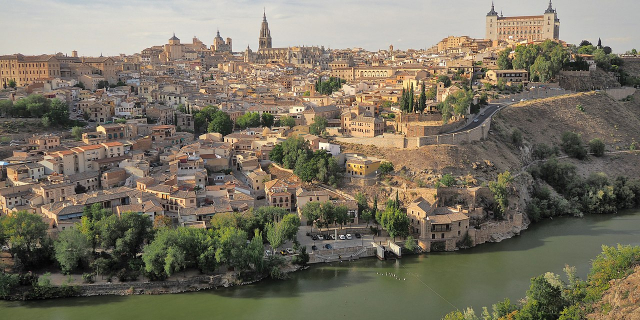



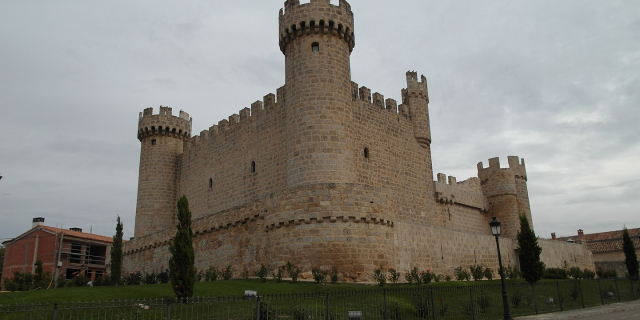

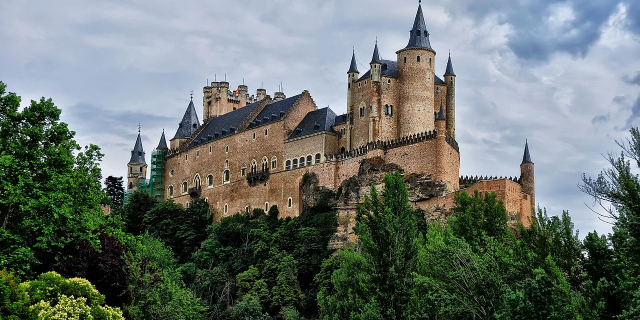

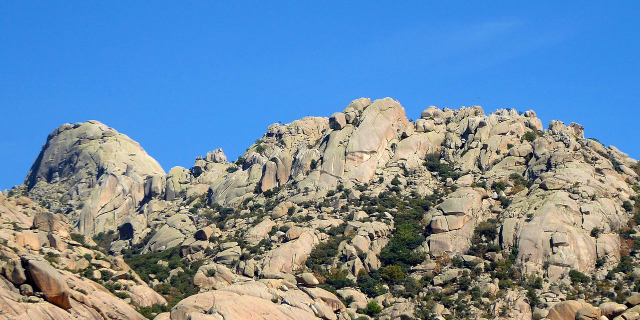



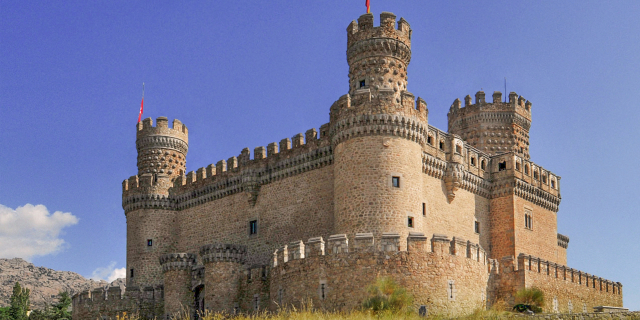






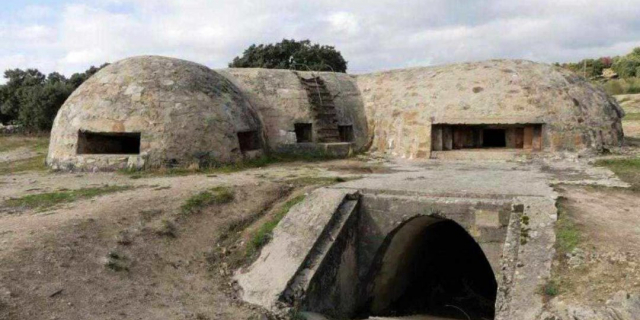


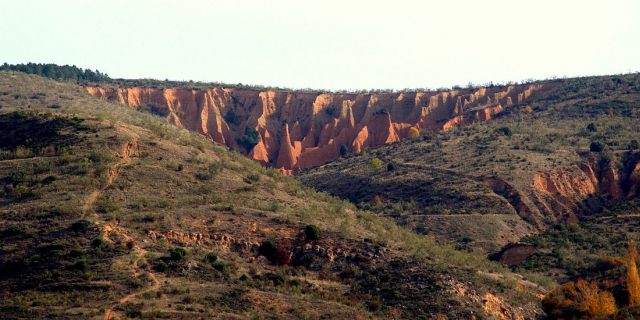
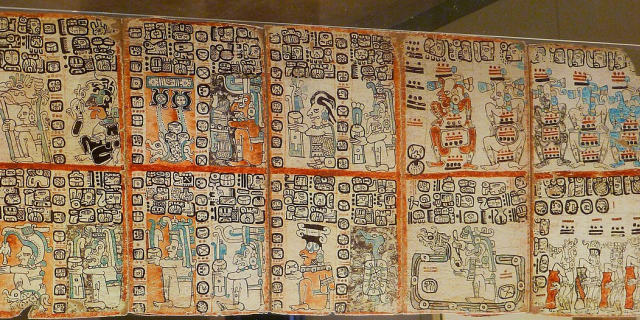




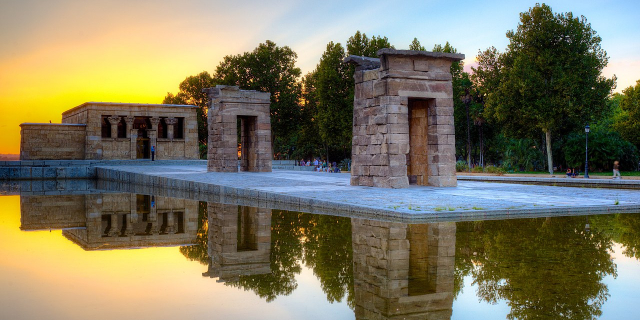
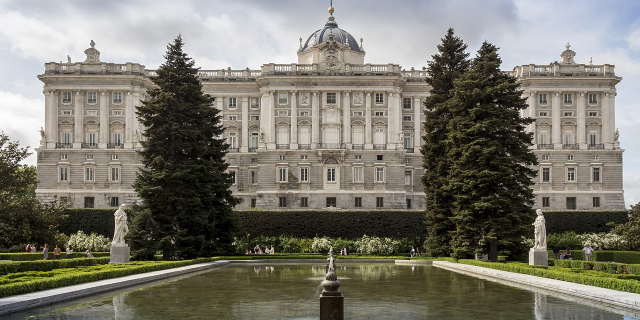




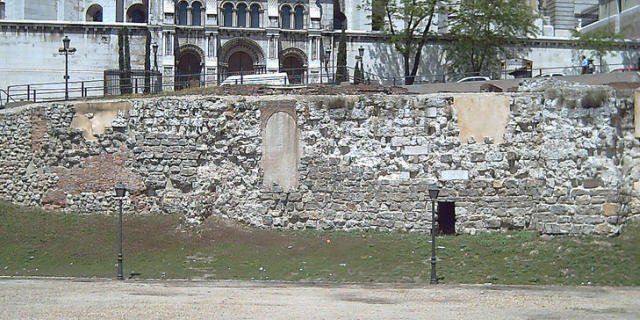
Add new comment